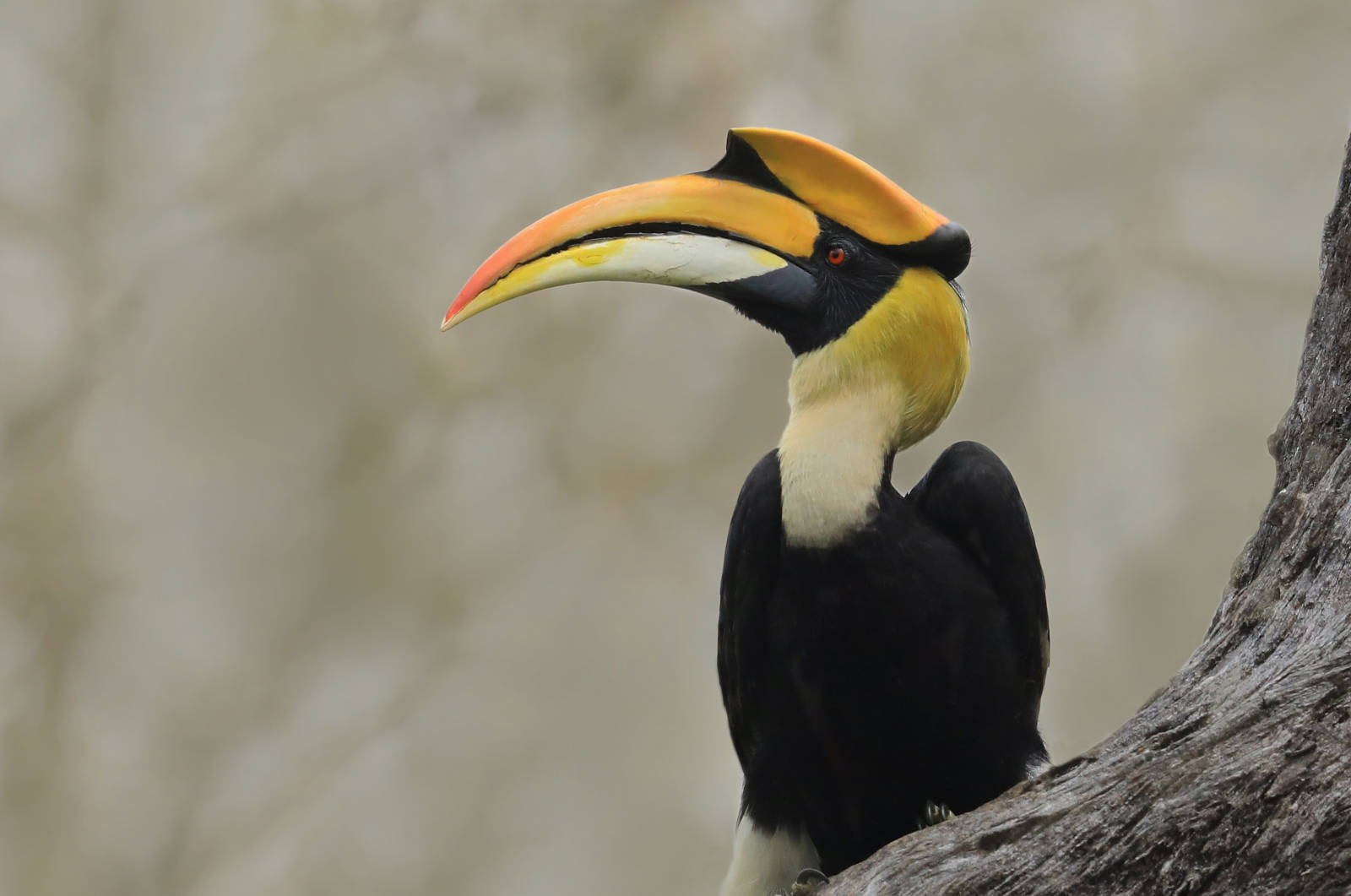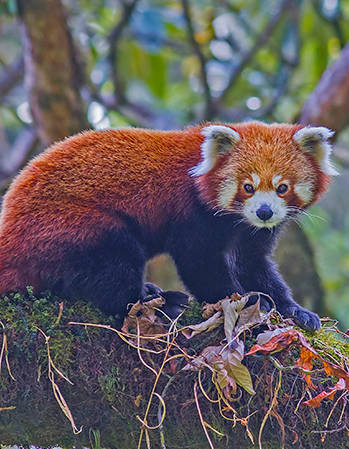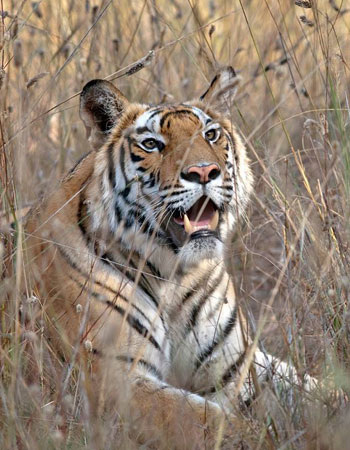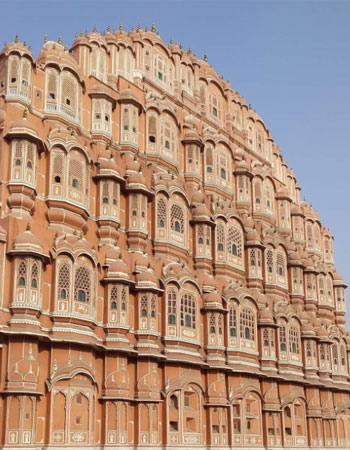Manas National Park
How to Get there?
![]() Located 4.5 hours away
from Guwahati Airport – accessible by flights from New Delhi, Mumbai, Kolkata and Bangalore.
Located 4.5 hours away
from Guwahati Airport – accessible by flights from New Delhi, Mumbai, Kolkata and Bangalore.
Type of Safari at the Park?
![]() Half-Day Jeep
Safari
Half-Day Jeep
Safari
![]() Full Day
Excursions to Community Forests nearby to see :
Full Day
Excursions to Community Forests nearby to see :
1) To see the Golden Langur
2) To see the Bengal Florican
History & Overview
Manas is a wondrous landscape, an important area of Biodiversity in South Asia – located at the Eastern Foothills of the Himalayas, sharing its treasures with Bhutan where contiguous forests stretch far beyond. It is a UNESCO World Heritage Site, a Biosphere Reserve, Tiger and Elephant Reserve – a truly unique distinction.
The glacier-fed Rivers Beki and Manas provide rich alluvial deposits to the grasslands, as well as resultant Riverine Forests.
Grasslands inside the Park are large and are dominated by Elephant Grasses and Swampy Marshlands. The population of Elephants is high in this park, and critically rare species such as the Pygmy Hog yet survive here, though rarely ever seen. A captive breeding centre has been established at Manas National Park. Areas where short grasses occur are also good habitats for the once again Critically Endagnered Hispid Hare and Bengal Florican.
The amazingly unique Golden Langur which only occurs in these forests, is also found in a few areas where community development measures have resulted in local involvement in protecting the species. Bird-life in this region is a treat, interesting species await at every turn.
Flora and Fauna
| Wildlife | Birds |
| Golden Langur | Bengal Florican |
| Pygmy Hog | Finn’s Weaver |
| Hispid Hare | Ibisbill |
| Asiatic Water Buffalo | Rufous-vented Laughingthrush |
| Indian Elephant | Swamp Francolin |
| Greater One Horned Rhinoceros | Greater Adjutant |
| Capped Langur | Collared Falconet |
| Indian Leopard | Hodgson’s Bushchat |
| Royal Bengal Tiger | Marsh Babbler |
| Assam Roofed Turtle | Jerdon’s Babbler |
Geography and Climate
| Area | 950 km² |
| Co-ordinates | 26.6594° N, 91.0011° E |
| Weekly Off | None |
| Functional Days | All days from November to April. Park remains open partially on the months from May & October. |
| Rainfall | 3000 mm to 4000 mm |
| Forest Type | 1. Sub-Himalayan Light Alluvial Semi-Evergreen
forests in the northern parts 2. East Himalayan mixed Moist and Dry Deciduous forests (the most common type) 3. Low Alluvial Savanna Woodland 4. Assam Valley Semi-Evergreen Alluvial Grasslands which cover almost 50% of the Park. |
Enquire Tour
Tours
National Parks
Explore

Post - Tala, Bandhavgarh National Park, District - Umaria, Madhya Pradesh, Pin code - 484664
+91 9630507774, +91 9340711175Email : info@tigerjourney.in
© 2020 All Rights Reserved






